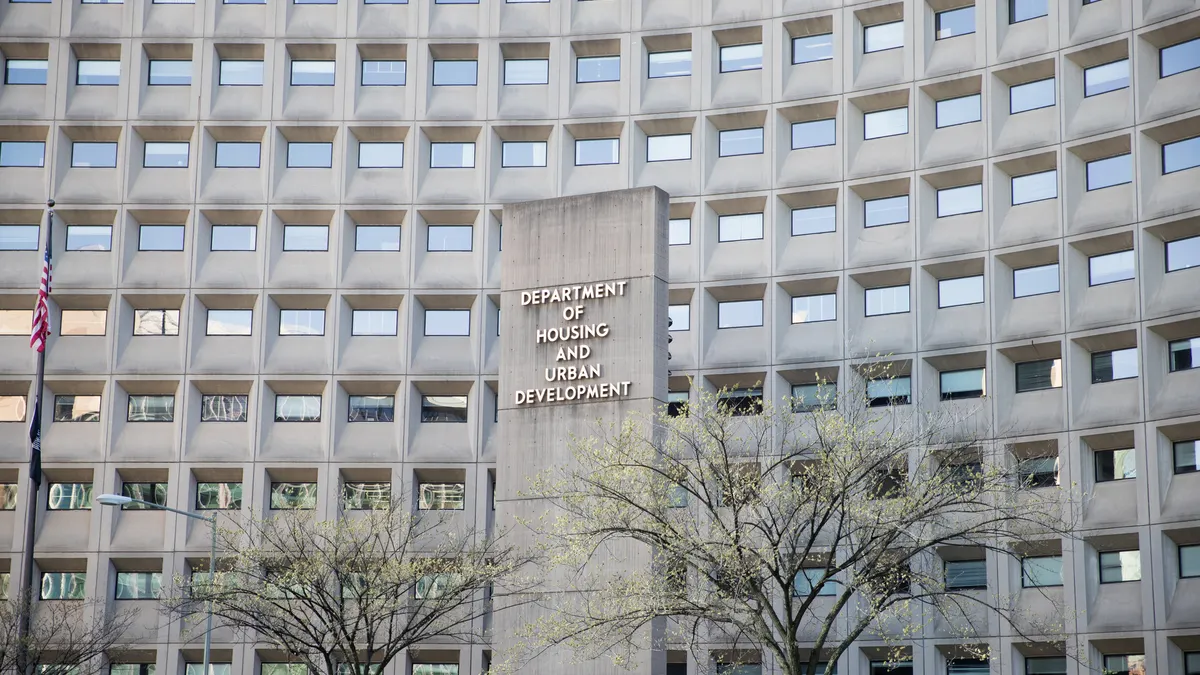A Comprehensive Guide to Section 8 Housing: Changes, Challenges, and the Future

Section 8 housing remains a vital resource for millions of Americans seeking safe, affordable places to live. With ongoing policy debates and major proposed changes at the federal level, understanding Section 8 housing is more important than ever. In this guide, we'll explore what Section 8 is, recent developments, and what these changes could mean for tenants and landlords.
What Is Section 8 Housing?
Section 8 housing, also known as the Housing Choice Voucher Program, helps low-income individuals and families afford decent rental homes by providing government-funded rent subsidies. The program is administered by the U.S. Department of Housing and Urban Development (HUD) and local public housing agencies.
Approved tenants can choose private housing, with the voucher covering a portion of their rent. The rest is paid by the tenant, typically based on their income. This flexibility allows families access to more neighborhoods and opportunities.
Recent Changes and Policy Proposals Impacting Section 8
Affordable housing policy is always subject to change, but 2025 has brought some of the most dramatic proposals yet. Former President Donald Trump has outlined significant cuts to HUD funding, which would directly affect Section 8 housing and other federal rental assistance programs. According to Multifamily Dive, the new budget plan calls for nearly $33 billion in cuts, with a $26.7 billion reduction in federal rental aid.
The proposal suggests shifting from a centralized federal aid model to state-based rental assistance grants. This change would give states more control but could also create inconsistencies in the types of support available across the country. One of the most notable elements is a proposed two-year limit on rental assistance for adults without disabilities, shifting remaining resources toward elderly and disabled tenants.
Concerns from Advocates and the Potential Impact
Housing advocates warn that such cuts could have devastating effects. The National Alliance to End Homelessness argues that these changes would end funding for hundreds of thousands of permanent supportive housing units for formerly homeless individuals. The same Multifamily Dive article highlights a concerning 18% rise in homelessness between 2023 and 2024. Slashing HUD support by 12% under current circumstances could further strain local resources and increase housing instability for the most vulnerable.
Cuts also extend beyond Section 8 housing. Programs for community development and housing partnerships are on the chopping block, raising concerns about the broader infrastructure supporting affordable housing efforts.
What Does This Mean for Renters and Landlords?
If the proposed changes become law, renters and landlords alike will face new challenges. Tenants may encounter stricter eligibility windows and reduced voucher availability. Landlords participating in Section 8 housing might see lower demand or greater uncertainty about timely payments.
Meanwhile, shifting responsibility to the states could mean that support will vary significantly from one region to another. Some states may preserve robust assistance, while others could cut back, depending on political priorities and budget constraints.
Staying Informed and Taking Action
If you rely on Section 8 housing or are considering applying, stay updated on federal and state policies. Engage with local housing authorities and advocacy organizations. Their resources and guidance can help you understand your options as policies evolve.
For more in-depth coverage of the latest proposals and their potential impact on renters, visit this detailed analysis from Multifamily Dive.
Conclusion
Section 8 housing is at a critical crossroads. While it has long provided essential support for those in need, significant policy changes may alter its future. By staying informed and proactive, renters, landlords, and advocates can better navigate this evolving landscape and help shape decisions that will impact millions across the nation.